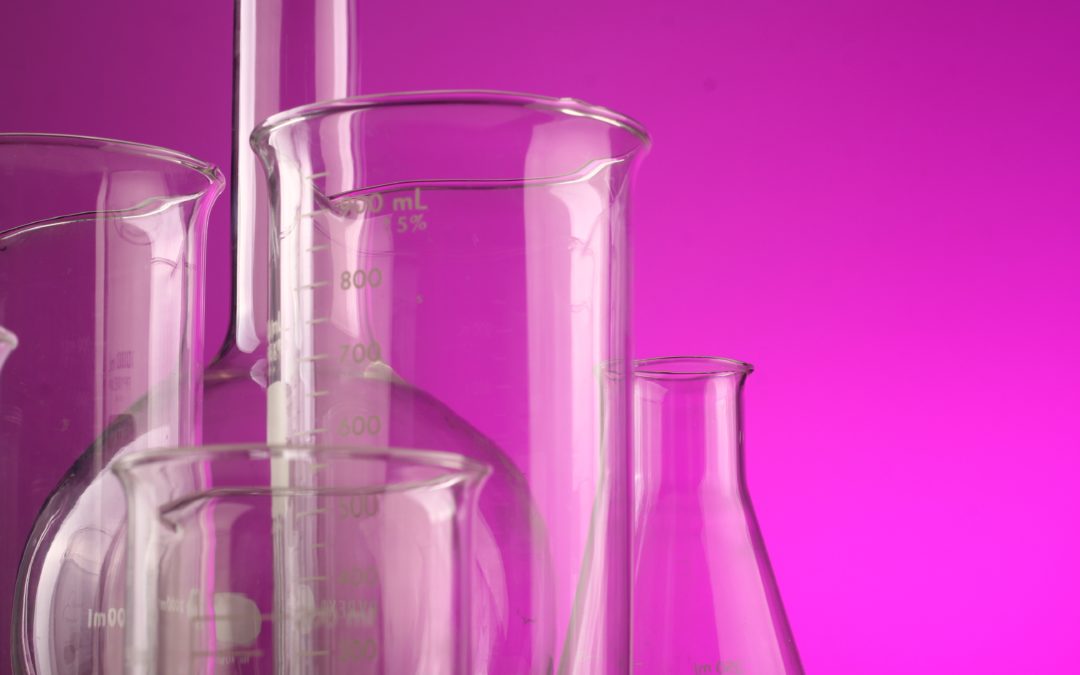Science at Home
Experiments for Children
By Emma Daniels
I have always wondered why and how. How do trains stay on the tracks? Why do some things float and others sink? How do birds and planes stay in the sky?
It is probably why I went into Kindergarten teaching, it’s the wonderful curious age of, ‘why?’
I know it is sometimes a time of exasperation for adults. Children don’t always have the best timing when they ask ‘why?’ Children very much live in the now, they ask the question while it is in front of them. It fascinates me to observe how their minds work, when they make connections and how. This is why ‘Science Week’ is one of my favourite annual events. It’s all about celebrating finding answers. In the words of the famous Miss Frizzle, ‘“The best way to know is to do.”- The Magic School Bus
You don’t have to have a science degree to enjoy science at home. You don’t need a doctorate to instil a love of scientific exploration in your children. Here are some easy, fun and interesting experiments you can do at home.
Magic Milk
This is a super easy one to do at home, has quick results and the visual is super effective. Children love this experiment because it can be done completely independently (depending on age and abilities of the child).
What you will need
- Plate with a lip
- Milk
- Food dye
- Small dish
- Dishwashing detergent
- Cotton buds or Toothpicks
How it works:
- Pour milk into the plate with a lip. You need enough to cover the bottom of the plate but not overflow the lip
- In the small dish, squeeze some dishwashing detergent, it does not need to be a lot
- Place some drops of food dye into the milk.
- Dip the toothpick or cotton bud into the detergent
- Now dip the toothpick or cotton bud with detergent on the end into the milk
- Observe!
Alternate option
- Instead of using a toothpick/cotton bud you can squeeze a small amount of detergent into the milk tray directly
Rainbow Milk and Water
Another milk experiment which is super effective is rainbow milk and water. Again it is super simple to do at home and can, depending on developmental level, be completed by the children. While the adult takes on the role of observer.
What you will need
- 2 shallow plates with lip
- Milk (can be non-dairy)
- Water
- Skittles
How it works:
- Arrange some Skittles on each plate: for the most effective reaction, I suggest placing them close together around the outer edge of the plate. However, this is a great opportunity to experiment with patterns!
- Pour milk into the first plate and water into the second; be careful to cover the bottom of the plate but don’t go over the lip.
- You want to add enough water that the skittles are sitting in liquid but not so much that they float away.
- Observe!
Floating and Sinking
This one is probably the easiest of the lot! It requires little to no preparation and you don’t need to buy anything. You can use items exclusively from your home. You can do this experiment at bath time or you can use a container in play. This one teaches hypothesising and theorising skills. It teaches you how to test a theory or hypothesis, observe and record. A basic version of the scientific process.
What you will need
- A container of some description; preferably opaque but not necessary. Deep enough to hold a decent amount of water. You want enough room for items to noticeably sink to the bottom, or objects that sink initially and then float to visibly be able to move up and down. This is why it is ideal in a bathtub, or storage container (½ to ¾ full). Experiment here with what works.
- Items from around the home and in the garden that you don’t mind getting wet! E.g. apples, sticks, bark, rocks, toys, cups, spoons etc. This is an opportunity for the child to collect items. You could make it into a scavenger hunt: something blue, something from the garden, something you eat, something you play with.
How it works
- Fill your container to ½ or ¾ full, depending on the size. Enough for items to noticeably be observed as sinking or floating.
- Ask your child to predict whether an item will float or sink. Get them to explain ‘why?’
- Place the item in the water and observe what happens. Record this
- Did it match your prediction? If not, why?
- Ask if they want to change their predictions for any of the other items, based on what they observed?
- What happens if there is less water, more water, more items in at a time?
Now, get experimenting! Test those theories, discover new ways of thinking, and never stop asking why.
As my favourite science teacher always says, “If you don’t look, you’ll never see. And what you don’t see can be very hard to find.” – Miss Frizzle, The Magic School Bus.


Recent Comments